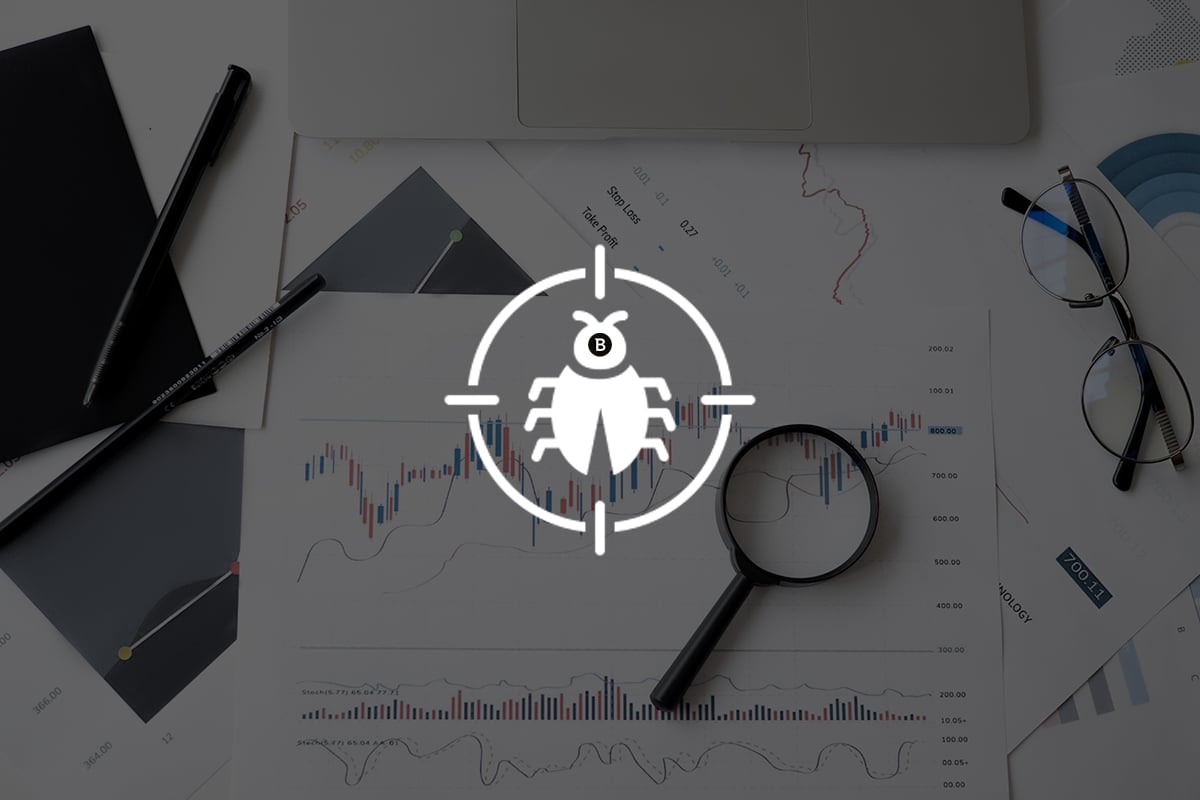The Differences Between Static and Dynamic Malware Analysis

As people and businesses become more reliant on technology, malware is increasingly becoming a significant threat to organizations and individuals alike.
At the same time, new technologies have made it even easier for criminals to create new malware. For instance, cybercriminals are using AI assistants like ChatGPT to create malicious programs. AV Tech Institute reveals that it detects over 450,000 new versions of malware every single day.
To protect against the ballooning threat, cybersecurity professionals use malware analysis to detect and analyze malicious programs' behavior, characteristics, and capabilities. This allows them to understand the threats these programs pose and develop defensive mechanisms and countermeasures to help them mitigate these threats.
There are two types of malware analysis techniques — static and dynamic. Below, let’s examine the differences between the two techniques and explore their strengths and weaknesses.
What is Malware Analysis?
Malware analysis is the inspection of a malware’s core components and source code to understand its behavior, origin, and intended actions, with the aim of mitigating its potential threats.
Malware refers to any intrusive software designed to infiltrate a user’s computer or network without their consent. Such intrusive files include spyware, scareware, rootkits, worms, viruses, and Trojan horses.
Malicious programs can be programmed to steal users' data, spy on their online activities, or even harm their system files. For example, early in January 2023, Pepsi Bottling Ventures suffered a data breach when data-stealing malware infiltrated its network, stealing personal information.
Similarly, the City of Oakland sustained a ransomware attack that caused a network outage.
Static Malware Analysis
In static malware analysis, security experts analyze a malware program without executing its code. The aim is to identify malware families, how the malware operates, and its capabilities.
Since there’s no code execution, static malware analysis doesn’t require a live environment. However, this can result in analysts missing critical information about the malware that can only be discovered by watching it in operation.
Here are some defining characteristics of static malware analysis.
1. It’s Quick and Straightforward
Static analysis is straightforward because experts only have to evaluate the malware sample properties, such as metadata, strings, structure, and code.
Since they don’t need to execute the code, analysts can quickly identify the malware's functionality and capabilities. It can also be automated using tools like disassemblers, decompilers, and debuggers to quickly analyze large numbers of malware samples.
2. It’s Signature-Based
Static malware analysis uses a signature-based detection approach, which compares the sample code's digital footprint against a database of known malicious signatures. Every malware has a unique digital fingerprint that uniquely identifies it. This could be a cryptographic hash, a binary pattern, or a data string.
Anti-virus programs work the same way. They scan for malware by reviewing the digital footprints of known malware signatures and flag the file as malware if a scan finds matching footprints.
While the signature-based malware analysis approach is good at detecting known malware signatures, it’s unreliable when dealing with new or modified malware.
The method might also fail to detect malware samples programmed to activate only under certain conditions, such as those triggered by a user’s log, date, time, or network traffic.
3. Techniques Used
Static malware analysis uses different techniques to understand the nature of a threat. One approach is comparing the digital fingerprint of the malware binary with available databases of malicious signatures.
A technician can also use a disassembler or debugger to reverse engineer the binary to examine its code. Alternatively, some analysts perform static malware analysis by extracting a sample’s string metadata. Doing so reveals details like commands, filenames, messages, API calls, registry keys, URLs, and other IOCs.
Dynamic Malware Analysis
Dynamic malware analysis involves executing a malware’s code within a controlled environment and monitoring how it interacts with the system. Such analysis allows analysts to discover the malware’s true intentions and ability to evade detection.
This approach provides a more in-depth, accurate report, but the process can take longer. It also requires specialized tools, and there’s the risk of infecting the analysis environment with the malware.
Dynamic malware analysis is characterized by:
1. It Requires a Sandbox
To safely run the malware and observe its activities, security analysts need a closed testing environment (malware sandbox) where the malware can execute without infecting the entire system or network.
2. It’s More Comprehensive and Accurate
Dynamic analysis is considered more accurate and comprehensive than static analysis because it involves deep behavior analysis.
By watching the suspicious file execute each of its commands, analysts can gain deep visibility into the malware’s logic, functionality, and indicators of compromise. In other words, it shows things that are harder to tell from a static analysis, such as what the malware was programmed to do, how it communicates, and its evasion mechanism.
3. It’s Behavior-Based
While static analysis uses signature-based detection, dynamic analysis uses a behavior-based detection approach. Quickly evolving malware or new types of malware can be hard to detect using the signature-based approach. Some forms of malware can also obscure their signature, making static analysis ineffective.
Since dynamic analysis uses the behavior-based detection approach, it ensures it is possible for security analysts to identify and understand new and unknown threats.
With the AI market set to grow by over 38% annually between 2022 and 2029, we can expect the number of new malware via AI-based platforms like ChatGPT as discussed before to increase. Dynamic malware analysis will play a crucial role in helping security analysts understand these newly-emerging threats.
4. Techniques Used
Some of the techniques used during dynamic malware analysis include:
- Activity monitoring: This technique involves monitoring the system calls made by the malware during execution, such as creating or modifying files, opening network connections, and making changes to the registry.
- Network traffic analysis: Malware often contacts remote servers to receive commands or exfiltrate data. Network traffic analysis involves monitoring the malware’s traffic during execution to understand the servers it communicates with, the types of commands it receives, and the data it exfiltrates.
- Dynamic code analysis: This technique involves tracing the execution flow of the malware to understand how it operates.
- Memory analysis: Malware often attempts to hide its activities in memory, such as by encrypting data or using process hollowing techniques. Analysts use memory analysis to examine the contents of the system memory during and after malware execution to identify any hidden activities.
As the threat of malware continues to grow, it’s important to understand the differences between static and dynamic malware analysis to build effective defense strategies against malware threats.
Both techniques have their strengths and weaknesses, and the right one for you will depend on the specific circumstances of your analysis. Static analysis provides quick and efficient results by examining the malware's code and structure. In contrast, dynamic analysis gives you in-depth insights by observing the malware running in a controlled environment to observe its behavior.
By combining these techniques, security teams can better understand malware threats and develop more effective defense strategies to detect and mitigate potential attacks.
Learn more about how dynamic malware analysis can improve your team’s ability to prevent advanced threats.
tags
Author
Bitdefender is a cybersecurity leader delivering best-in-class threat prevention, detection, and response solutions worldwide. Guardian over millions of consumer, enterprise, and government environments, Bitdefender is one of the industry’s most trusted experts for eliminating threats, protecting privacy, digital identity and data, and enabling cyber resilience. With deep investments in research and development, Bitdefender Labs discovers hundreds of new threats each minute and validates billions of threat queries daily. The company has pioneered breakthrough innovations in antimalware, IoT security, behavioral analytics, and artificial intelligence and its technology is licensed by more than 180 of the world’s most recognized technology brands. Founded in 2001, Bitdefender has customers in 170+ countries with offices around the world.
View all postsRight now Top posts
FOLLOW US ON SOCIAL MEDIA
SUBSCRIBE TO OUR NEWSLETTER
Don’t miss out on exclusive content and exciting announcements!
You might also like
Bookmarks











